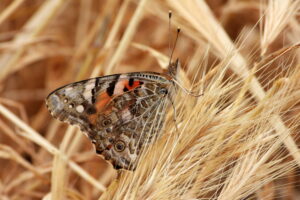
Summer sustainability checklist
By Karen Hallisey Stay cool without a cost to the environment by adopting eco-friendly practices this summer. There are several simple ways to incorporate sustainability into your life. Here are…

By Karen Hallisey Stay cool without a cost to the environment by adopting eco-friendly practices this summer. There are several simple ways to incorporate sustainability into your life. Here are…

The signs of spring are starting to crop up on campus: buzzing hummingbirds, chirping squirrels, and blooming flowers. UCLA is not just a habitat for Bruins — we share the…

By Karen Hallisey November, especially given Thanksgiving, is an ideal time to talk about conscious consumption and the impact of food on the environment. The month, and its holiday centered…